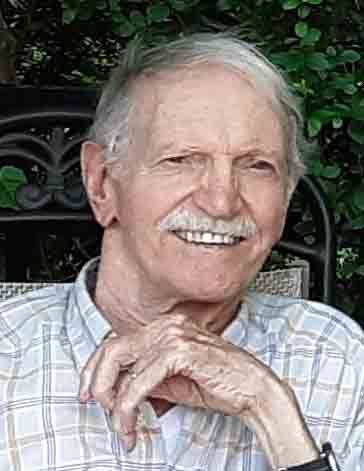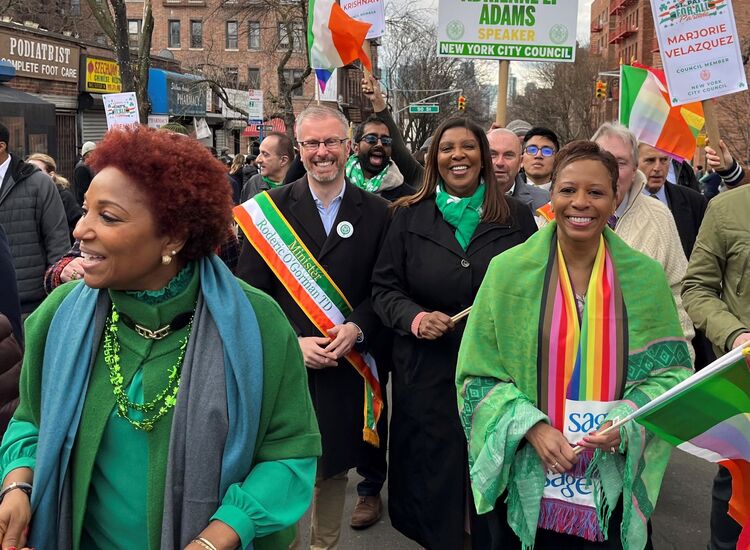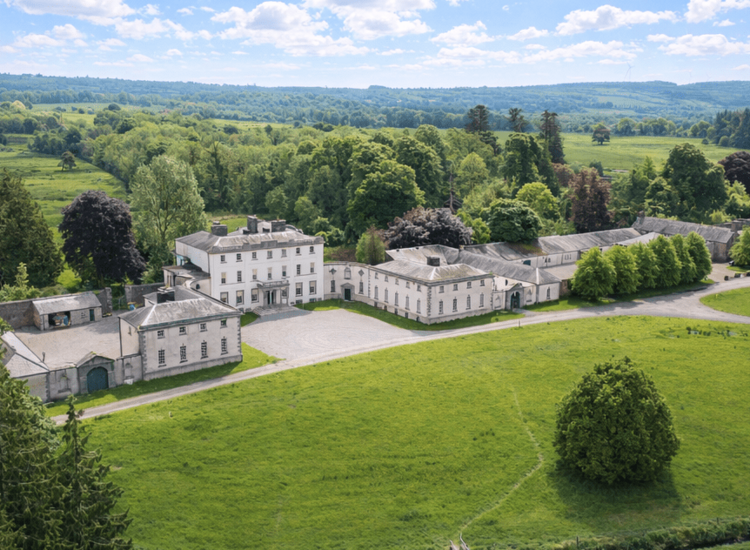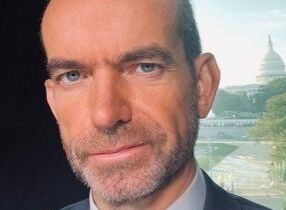There's no stopping it of course. Time moves on and one generation gives way to the next. In recent years there has been much talk in America of "The Greatest Generation." This is a reference to the United States of America that faced down the enemies of freedom and democracy in World War II.
Irish America might not have a greatest generation per se, but there is an awareness of different decades, era, time periods.
The Irish who came to America in the years after World War II for sure made their mark. They filled neighborhoods in a number of cities and brought a vitality to Irish America that was in many ways new. They stood tall when John F. Kennedy was elected president. Some fought in Korea, some in Vietnam. Many went into public service.
They embraced their adopted land. They worked to make it an even better and greater place.
In recent years we have been saying farewell to many of these champions of Irish America. In recent days we have been doing so again.
Two people, a woman and man, stand out in this regard. Mary Nolan of Brooklyn died in the past few days as did Anthony "Tony" Creaney, a native of Belfast who came to New York and settled in the Bronx.
Tony served in the U.S. Army during the Korean War and followed his military service with a career in the NYPD. As a sergeant he was injured in the line of duty in 1977.
According to his obituary, Tony was active in community leadership and volunteer work in the Bronx, particularly at the VA Hospital where he volunteered for 15 years.
"Although Anthony was proud to become an American, and a staunch supporter of the VFW, his heart and soul were always at home in Ireland. His active participation in many Irish organizations and causes will be how he will be most remembered.
"From the early days of the Gaelic league, to the NYPD Emerald Society, to the Ancient Order of Hibernians, to the Antrim Society and the Saint Patrick’s Day Parade Committee, Anthony never lost sight of the country and culture that made him who he was. He was as much a traveler as he was a homebody. He enjoyed seeing new sights and trying new foods as much as he enjoyed simply reading the Daily News over his morning oatmeal and tea."
Tony, like so many Irish immigrants before him, now rests in American ground, in his case in Woodlawn Cemetery in the Bronx.
Mary Nolan was a native of County Limerick who settled in Brooklyn, the opposite end of New York City to where Tony Creaney lived. Mary passed away peacefully on August 17. She was 89.
Mary O'Dea came to the U.S. in 1953. She would marry Daniel Nolan of Nenagh, County Tipperary.
As her obituary joyfully stated: "Mary spent a week on the RMS Ascania and traveled 3,500 miles to America to find a fella from forty-five minutes away."
Mary and John would settle in Bay Ridge and raise four children.
Mary's work in, and for, the immigrant Irish community is outlined in a report on Page 3 of this issue.
In many ways Mary was a community standout. But she was not alone, particularly during the late 1980s and early 90s when it was all hands on deck to face into the crisis that was the surge in young undocumented Irish who were being denied a chance to legally follow in the footsteps of those who came before.
And of course that is a concern now. Where are the new Tony Creaneys and Mary Nolans?
The children of their generation are Americans and are able to enjoy all the advantages of a legal American life. They also enjoy the fruits of Irish citizenship.
This is the changing rish America. It is less populated with new arrivals from Ireland, but for sure has many who are conscious of their Irish heritage.
Some among this American-born generation feel a desire and responsibility to carry on the work of their parents and grandparents. But how many? This is difficult to estimate, but we can only hope that they are sufficient in number to maintain the activity and work of those who have gone before them.
For there is yet much work to be carried out by the Irish of Brooklyn, the Bronx, of America.








